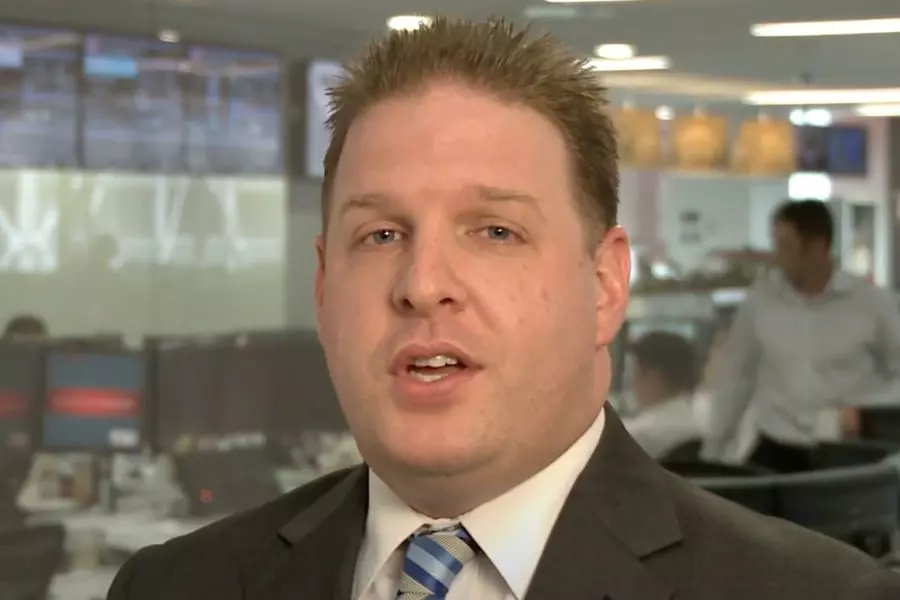
News
Westpac predicting 15% fall in house prices

Tuesday 10th of May 2022
However, this will only bring average house prices back to where they were at the start of 2021.
The bank’s economics team previously expected a 10% peak-to-trough fall in prices over this year and the next. It has now front-loaded the fall, with a 10% drop in 2022 and a further 5% in 2023.
Acting chief economist Michael Gordon says the forecast is of the national av...
Want to read the full article?
Click the button below to subscribe and will have unlimited access to full article and all other articles on the site.
2 min read





![[The Wrap] Bye Bye Bayly](https://goodreturns.publit.io/file/c_fill,w_900,h_600/39f23ac1-f7c7-4854-b700-a150004ebbac.webp)


